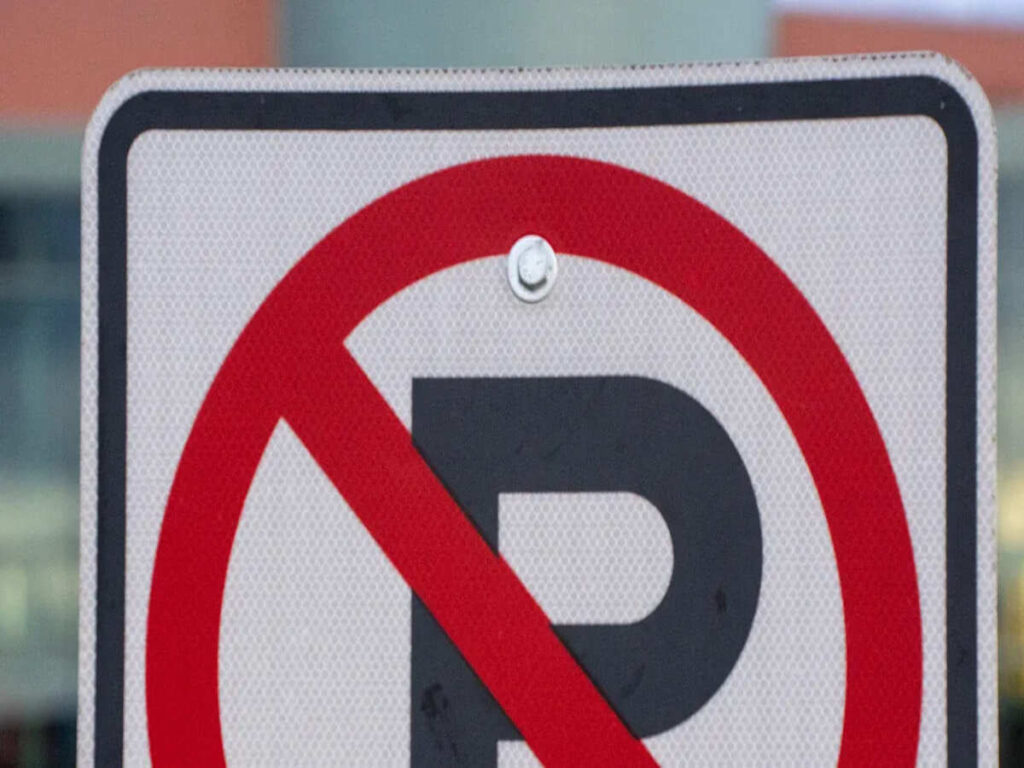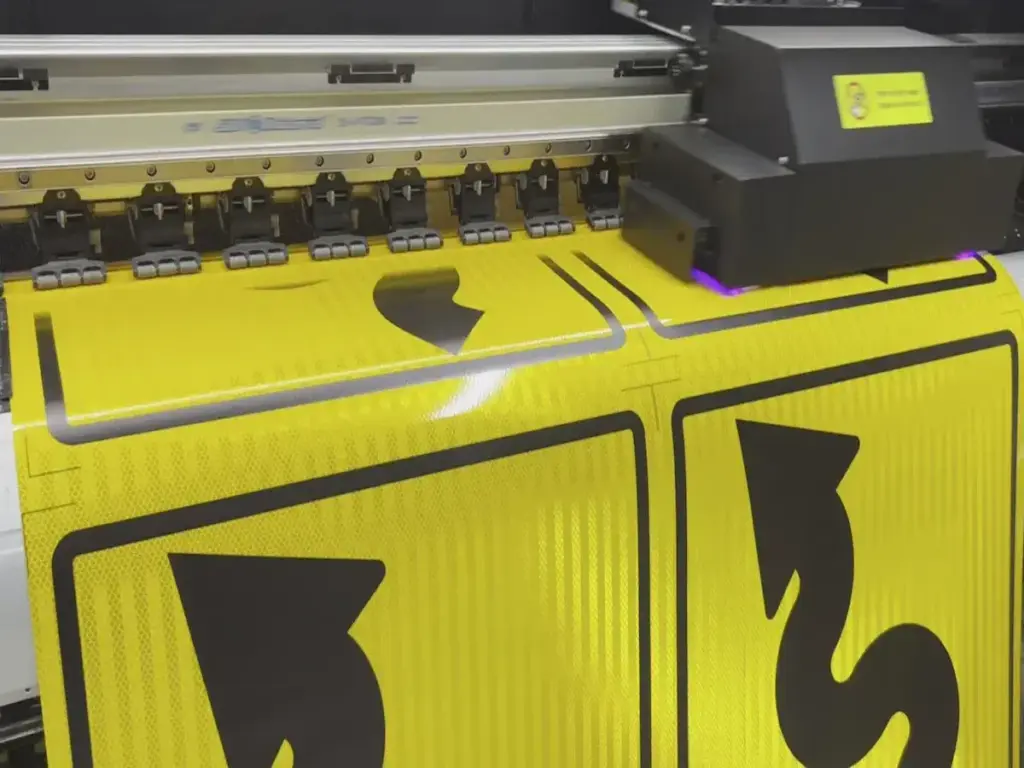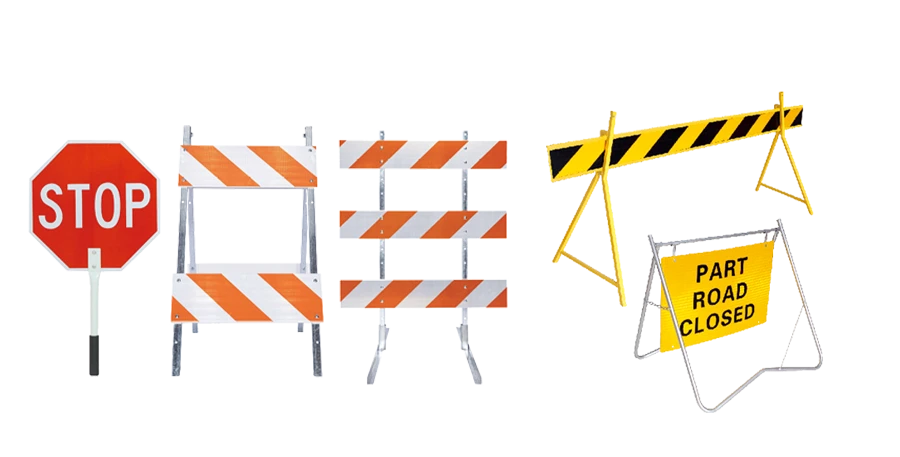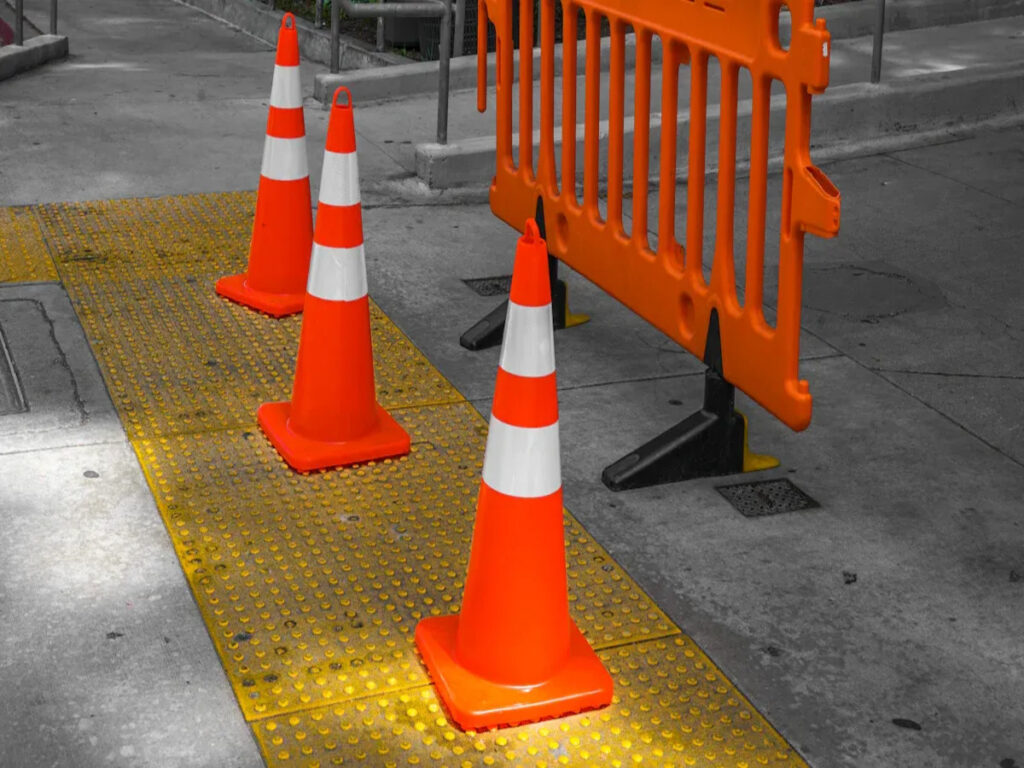
The year 2025 has ushered in continued growth and transformation in the traffic control cone industry. Driven by ongoing investments in infrastructure, heightened road safety awareness, and the acceleration of smart technologies, the traffic control cone market has seen impressive progress. According to the Global Traffic Equipment Market Report 2025, the global market for traffic equipment grew at a 7.1% CAGR, reaching $8.14 billion in 2025, up from $7.64 billion in 2024. This article reviews the top 10 developments and trends in the traffic cone industry for 2025.
As a global traffic cone manufacturer and supplier, OPTRAFFIC closely monitors industry trends and continues to innovate, ensuring our products meet the evolving demands of road safety and infrastructure development worldwide.
1. Wide Adoption of Smart Traffic Cones

Smart traffic control cones, integrated with IoT technology, saw widespread adoption in 2025. These cones enable real-time traffic monitoring, dynamic management, and improved road safety. Countries like Singapore led the charge by deploying smart cones that provided real-time data on traffic conditions, contributing to enhanced traffic flow and reduced congestion.
By 2025, the implementation of smart traffic cones expanded to various global markets. These cones, equipped with sensors, flashing lights, and communication capabilities, became an essential tool in managing high-traffic areas and construction zones, helping authorities enhance safety and reduce accidents.
2. Increased Demand Driven by Road Accident Data

While road accidents in the EU had been declining in previous years, 2025 saw an uptick in traffic incidents, driven by rising traffic volumes and ongoing infrastructure development. The EU Road Safety Report indicated that this increase led to a surge in demand for high-visibility traffic cones. Reflective traffic cones with LED lights were particularly effective in reducing accident rates in high-traffic areas and construction zones.
In response, OPTRAFFIC improved the safety features of traffic cones. OPTRAFFIC added bright reflective strips and Cone Top Lights. These advanced features enhance visibility and reduce risks during roadwork and other high-risk situations.
3. Expansion of Eco-Friendly Materials

Sustainability continued to gain momentum in 2025 as manufacturers increasingly turned to recyclable and biodegradable materials in the production of traffic cones. High-strength polypropylene (PP) became a popular choice for its durability and recyclability, aligning with global environmental goals. Companies like 3M have advanced their use of sustainable materials, ensuring their traffic cones meet rising environmental standards.
OPTRAFFIC prioritize sustainability in our manufacturing process. OPTRAFFIC traffic cones use recyclable materials and ensure that our traffic cones are designed to meet both durability and environmental standards, offering a responsible solution for modern traffic management.
4. Enhanced Visibility Design
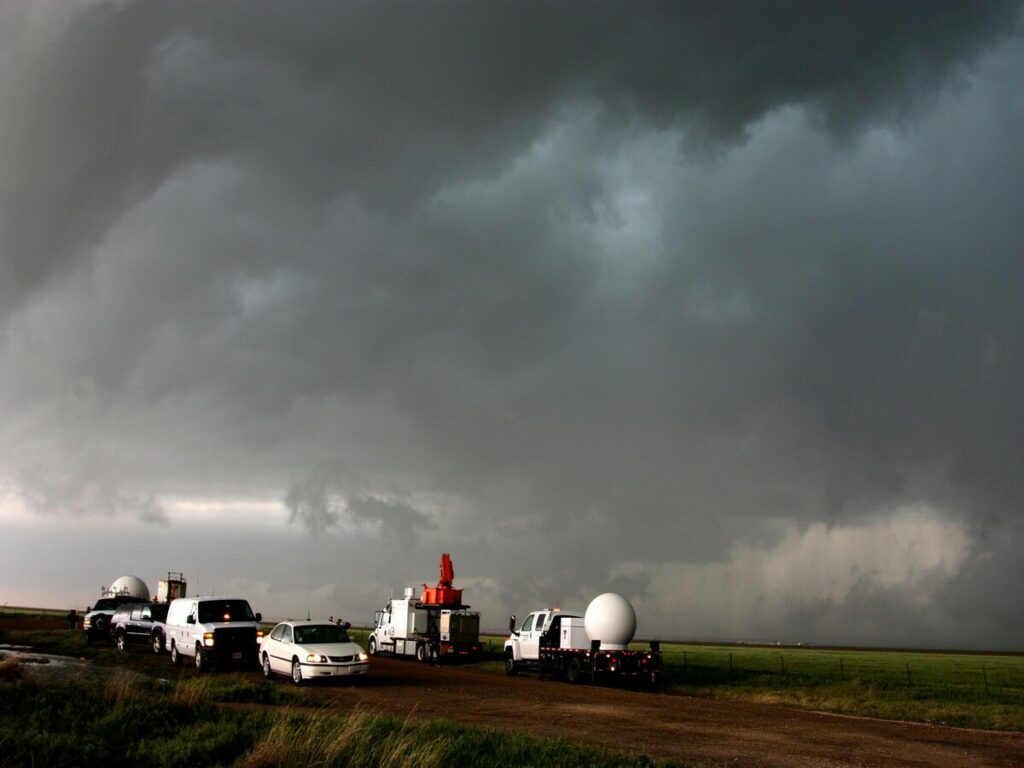
Nighttime accidents remain a concern. The rate of fatalities is still higher at night. To address this, traffic cones became more visible. New materials, LED lights, and reflective coatings were introduced. The U.S. Department of Transportation reported that high-visibility cones reduce accidents. OPTRAFFIC uses advanced reflective materials and lighting to enhance cone visibility during night-time and in bad weather conditions.
At OPTRAFFIC, we prioritize safety in low visibility conditions, especially during night-time and adverse weather. OPTRAFFIC traffic cones are equipped with enhanced reflective materials that significantly increase visibility in fog, rain, and at night, improving safety for road users and workers.
5. Modular and Stackable Designs
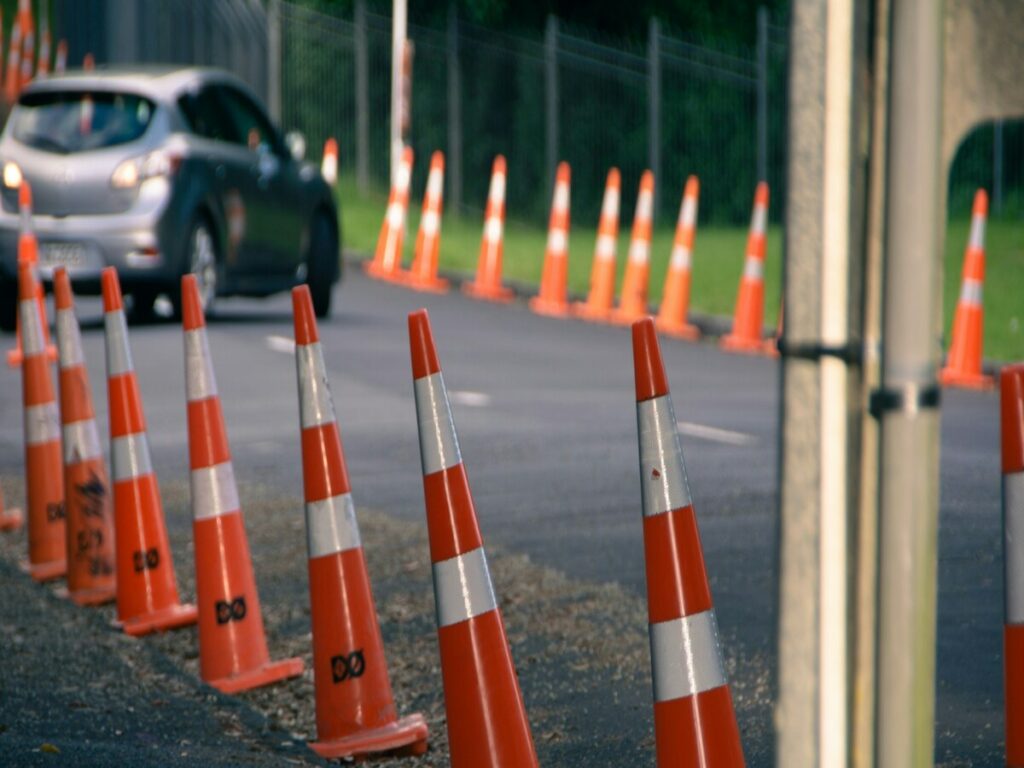
Modular and stackable traffic control cones gained popularity in 2025. They are easy to transport, store, and deploy. These cones are perfect for large infrastructure projects. They save space and simplify setup.
OPTRAFFIC understand the importance of efficient deployment and storage in large-scale operations. OPTRAFFIC Collapsible Traffic Cones are designed to make transportation easier and reduce space consumption while ensuring durability and performance. These Collapsible Traffic Cones are perfect for large-scale infrastructure projects and work zones, allowing for quick setup and safe management of high-traffic areas, even during extended operations.
6. Durability and Impact Resistance Improvements
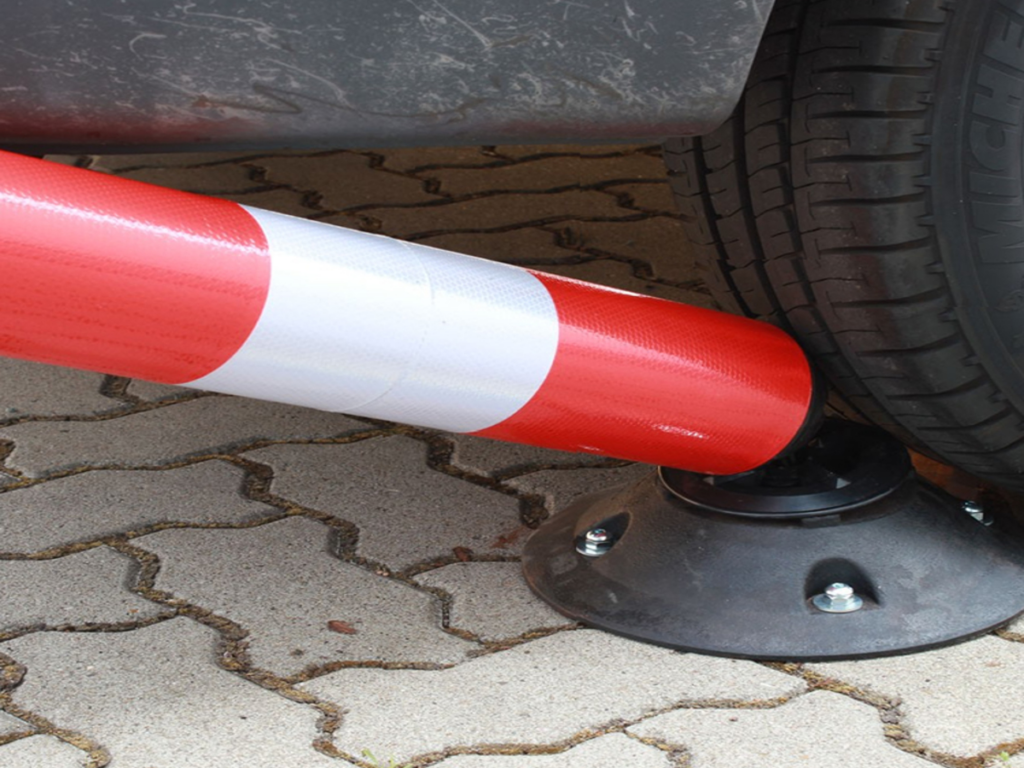
In 2025, durability and impact resistance improved. New materials and manufacturing processes were used. These advancements extended the lifespan of traffic control cones and reduced maintenance costs. Features such as high-reflectivity surfaces and weather-resistant materials improved their performance in various environmental conditions. These technological innovations played a crucial role in traffic management. They promoted the widespread adoption of traffic cones and elevated industry standards.
OPTRAFFIC has been a leader in this evolution. OPTRAFFIC traffic control cones are designed for easy deployment and long-term use. They ensure reliable performance in both urban and rural settings. By incorporating the latest materials and advanced manufacturing techniques, OPTRAFFIC has set new benchmarks in the traffic equipment industry. These innovations support effective traffic control and safety measures. OPTRAFFIC have become a key contributor to the standardization and widespread application of traffic cones in diverse traffic management systems.
7. Rise of Multi-Functional Smart Cones

Multi-functional traffic cones became more common in 2025. These cones include cameras, wireless charging, and emergency alerts. They are part of integrated traffic systems. According to the Integrated Traffic System Market Report by MarketsandMarkets, the traffic control segment is expected to be the second largest contributor to the market. Challenges such as increasing traffic volumes, urban population growth, and rising vehicle ownership have driven the demand for effective traffic control solutions. Limited land availability has necessitated the optimization of existing road infrastructure through advanced systems like parking management and intelligent traffic lighting. Consequently, traffic control systems are playing a pivotal role in the expansion of integrated traffic systems.
Furthermore, the surveillance camera segment is projected to be the fastest-growing within the integrated traffic systems market, driven by real-time traffic tracking, easily readable information, and decreasing camera costs. These technological advancements have enhanced the functionality of traffic management devices, including multi-functional traffic cones, thereby supporting their rising popularity and integration into modern traffic control strategies.
In response to these industry trends, OPTRAFFIC has developed innovative multi-functional traffic cones designed to meet the evolving needs of traffic management. OPTRAFFIC traffic cones feature enhanced durability and visibility, ensuring safety and efficiency in various traffic scenarios. By aligning their products with industry standards, OPTRAFFIC contributes to improved traffic flow and safety in work zones and construction areas, supporting the ongoing evolution of traffic control systems.
8. Global Market Expansion

In 2025, demand for traffic cones grew in emerging markets. Africa and Latin America saw a rise in infrastructure projects. These regions needed traffic cones to improve road safety. This trend aligns with the World Bank’s report, Rethinking Infrastructure in Latin America and the Caribbean: Spending Better to Achieve More, which highlights rising infrastructure investments. In Africa, infrastructure projects improved traffic management equipment, including traffic cones, leading to a reduction in local road accident rates. Similarly, infrastructure improvements in Latin America and the Caribbean increased the demand for traffic equipment, supporting stronger regional traffic safety measures.
Traffic cones are essential for ensuring safety and smooth traffic flow in road construction areas. They play a crucial role in warning drivers and directing vehicles and pedestrians to detour around construction zones. Traffic cones enhance the visibility of construction areas and reduce traffic congestion and accident rates caused by construction activities. This ensures the smooth operation of construction sites.
To meet these market demands and industry trends, OPTRAFFIC developed traffic cones specifically for emerging markets in developing countries. OPTRAFFIC traffic cones use durable and cost-effective materials, ensuring a long lifespan and high visibility in various environmental conditions. Their optimized design makes traffic cones easy to transport and store. They provide reliable traffic guidance and safety assurance in high-traffic and complex environments. Additionally, these traffic cones comply with international and regional safety standards. They enhance the safety of construction zones and traffic management areas, reduce accident rates, and lower maintenance costs for infrastructure projects.
9. Customization and Branding

Customization became a key trend in 2025. Companies began offering traffic cones that could be personalized. Clients could choose colors, logos, and functionality. This trend is driven by the need for personalized products. OPTRAFFIC offers customizable cones with branded logos and colors. These cones meet the needs of different clients while enhancing visibility and safety.
10. Standardization and Regulation Enhancements
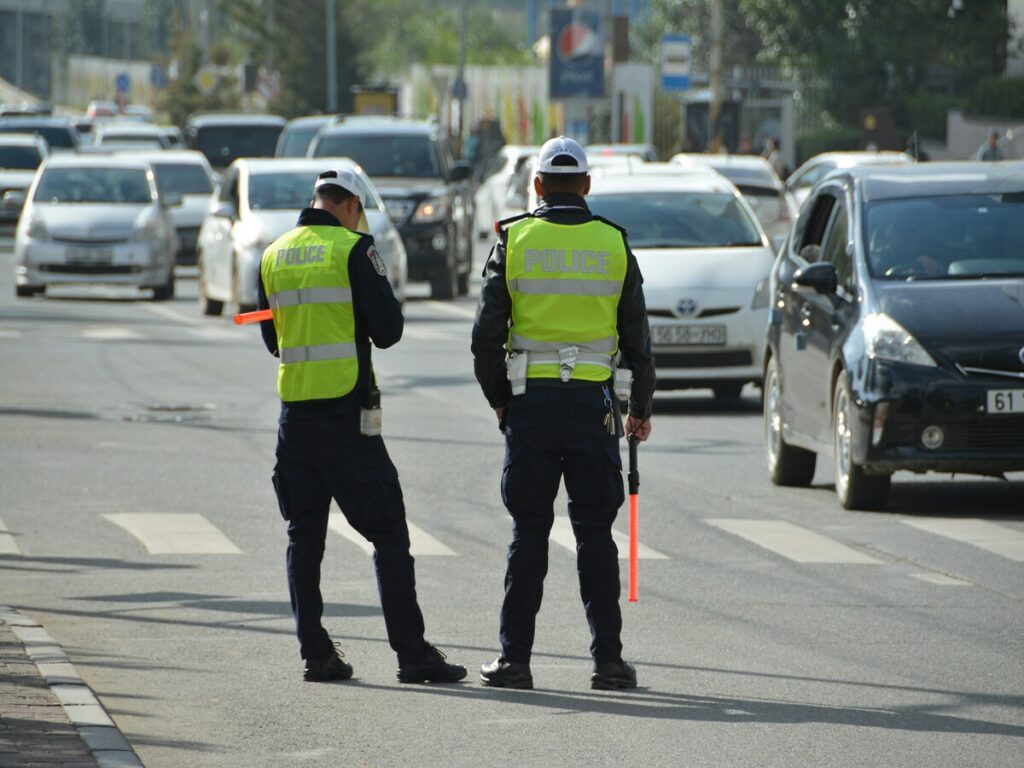
In 2025, regulations and standards for traffic control cones were significantly updated. The Federal Highway Administration (FHWA) revised its guidelines for work zone safety, with the new rules taking effect on December 2, 2024. These updates were made to improve road safety, enhance product consistency, and provide clear standards for the use of traffic control cones in high-risk environments. The revised regulations require that in high-traffic and high-speed zones (≥ 45 mph), positive protection devices, such as concrete barriers, must be used to separate workers from moving traffic. Additionally, the updated guidelines specify that traffic control cones used in these areas must meet strict height and reflectivity standards. For instance, in high-speed or nighttime settings, cones must be at least 28 inches tall and feature two white reflective bands to ensure maximum visibility.
These changes also apply to other traffic control equipment, such as barricades and barriers, to improve safety at work zones and construction sites. OPTRAFFIC has fully updated its product line to meet these new standards. Their traffic control cones are designed to be durable, highly visible, and compliant with both local and international regulations. By integrating advanced materials and meeting the latest specifications, OPTRAFFIC ensures that its traffic control cones provide long-lasting safety solutions, improving traffic flow and reducing accident risks in construction and roadwork environments.
Conclusion
The traffic control cone industry in 2025 has seen major advancements in technology, sustainability, and product customization. These trends have improved traffic safety and management. As the industry continues to evolve, 2026 promises even more innovation and growth.
FAQ
1. What is a traffic control cone used for?
A traffic control cone is primarily used to manage traffic flow and ensure safety around construction zones, accidents, or roadworks. These cones help direct vehicles and pedestrians to safe paths, preventing accidents and maintaining order in high-traffic environments.
2. Why are traffic control cones important in construction zones?
In construction zones, traffic cones are vital for controlling the movement of vehicles and pedestrians. They mark off hazardous areas, prevent access to dangerous zones, and ensure that traffic is directed safely around ongoing construction work, reducing the likelihood of accidents and injuries.
3. What materials are traffic control cones made from?
Most traffic control cones are made from durable materials such as high-strength polypropylene (PP), which is weather-resistant and can withstand impacts. Many cones are also equipped with reflective strips or LED lights to enhance visibility, especially in low-light conditions or during nighttime.
4. What makes a traffic control cone effective?
An effective traffic control cone has a combination of durability, high visibility, and ease of deployment. Features such as reflective tape, fluorescent colors, and impact resistance contribute to their effectiveness in guiding traffic and alerting road users of potential hazards.
5. How are traffic control cones regulated in the U.S.?
The U.S. Federal Highway Administration (FHWA) has specific guidelines for traffic control devices, including cones. The regulations outline standards for reflectivity, height, and durability to ensure safety in work zones. These guidelines are regularly updated to meet evolving traffic management needs and improve safety for road workers and drivers.
6. Can traffic control cones be customized?
Yes, many manufacturers, including OPTRAFFIC, offer customizable traffic control cones. Customization can include different colors, branding, reflective properties, and additional features like LED lights or weighted bases, allowing companies to tailor cones to specific needs and environments.
7. How do traffic control cones improve road safety?
Traffic control cones are a critical tool in improving road safety. By clearly marking off hazardous areas and directing traffic away from dangerous zones, these cones help reduce accidents, especially in busy or poorly lit environments like construction sites or accident scenes.
8. Are there eco-friendly options for traffic control cones?
Yes, many manufacturers are now producing eco-friendly traffic control cones. These cones are made from recyclable materials, such as high-strength polypropylene (PP), which reduces their environmental impact without compromising durability or safety. OPTRAFFIC, for example, incorporates sustainable materials into their products to meet global environmental standards.


